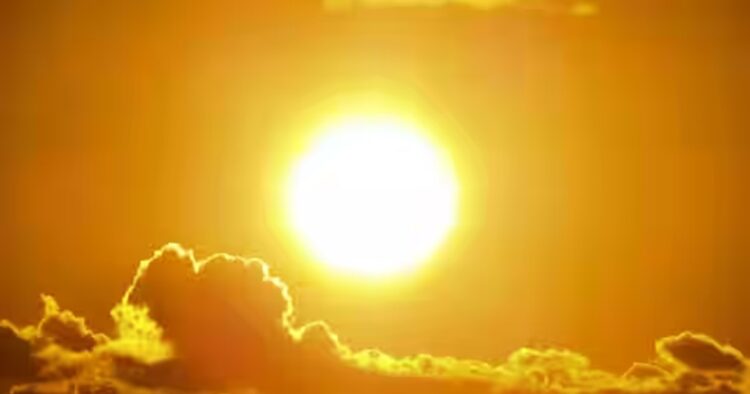With the complete of India facing one of the worst heatwaves, Jammu and Kashmir has been no different.
The direct impact of the heatwave has been on the glaciers in the Himalayan region. According to data, there are around eighteen thousand glaciers in Jammu, Kashmir and Ladakh and all of them are melting rapidly as the heatwave continues in the region.
The heatwave and increase in normal temperatures over the years have led to massive melting of the glaciers in the region. The biggest glacier in the Kashmir Valley is Kolahoi Glacier, and experts say that it has lost around 23% of its mass in the last few decades due to the rise in temperatures and below-normal precipitation in winter.
Air Pollution, deforestation and the rise in normal temperatures are considered to be the main factors for the melting of these glaciers in the higher reaches of Jammu and Kashmir.
‘It is a major concern. The melting of glaciers if you look at Indian Himalayan glaciers, it’s already under the adverse effect of climate change. We are seeing most of the himalayan glaciers melting. They were because of the impact of the increase in the temperatures, and the outcome of the climate change’, said Shakil Romshoo, VC, Islamic University Science and Technology.
Now recently what we have seen is the heatwave is becoming an annual issue, every year we are witnessing the heat waves in south Asia. If we look at mainland India and Pakistan the temperatures have touched above 50 degrees. This has a big impact on the glaciers. We have been monitoring the change and melting in the last five years in terms of the length, breadth and thickness of the glaciers.

















Comments